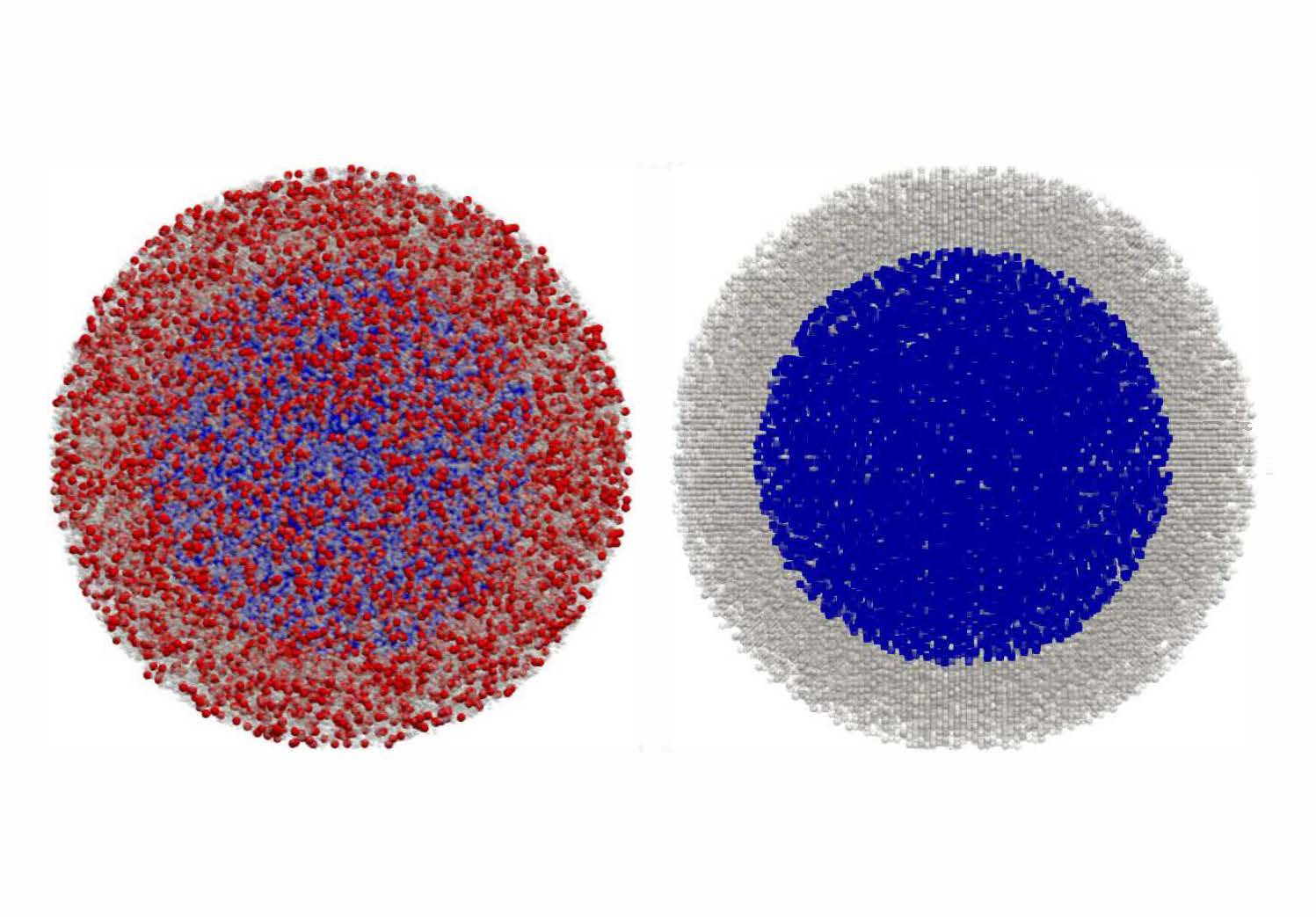Establishing a massively parallel computational model of the adaptive immune response
Journal of Computational Science
Aristotle Martin, Max Nezdyur, Cyrus Tanade, Amanda Randles

Summary
Parallel agent-based models of the adaptive immune response can efficiently recapitulate emerging spatiotemporal properties of T-cell motility during clonal selection across multiple length and time scales. Here, we present a distributed, three-dimensional (3D) computational model of T-cell priming, and associated parallel data structures and algorithms that enable fully deterministic cell simulations at scale. We demonstrate performant usage of modern clusters with over 350x speedup, and explore trade-offs between simulation accuracy, code complexity, and communication overhead. This study highlights the potential for parallel 3D models to explore immunological research questions and guides implementation and performance considerations for this class of biology-inspired agent-based models.
Citation
Martin, Aristotle, et al. “Establishing a massively parallel computational model of the adaptive immune response.” Journal of Computational Science (2025): 102555.
